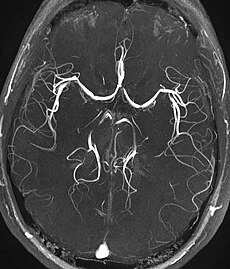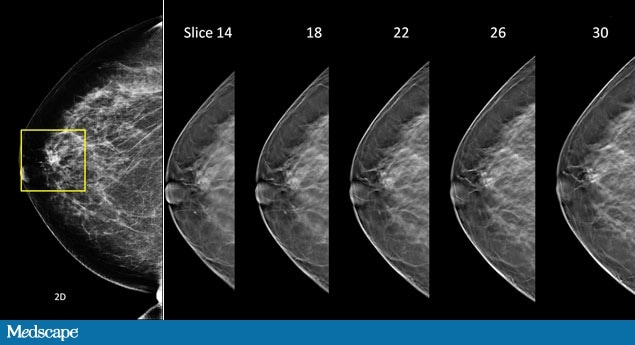Do you want to know more about Siemens Molecular Imaging?
Check the products here:
http://healthcare.siemens.com/molecular-imaging
and the customer portal here:
http://healthcare.siemens.com/molecular-imaging/customer-portal-resource/administration
I found the growth resources in this page quite interesting, specially the white papers.
Check the products here:
http://healthcare.siemens.com/molecular-imaging
and the customer portal here:
http://healthcare.siemens.com/molecular-imaging/customer-portal-resource/administration
I found the growth resources in this page quite interesting, specially the white papers.







